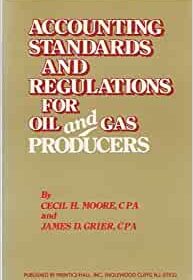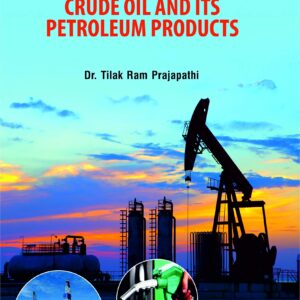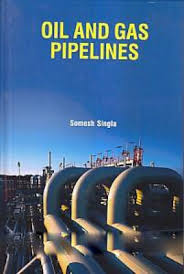Description
Liquefied natural gas (LNG) is natural gas (predominantly methane, CH4, with some mixture of ethane C2H6f) that has been converted to liquid form for ease of storage or transport. It takes up about 1/600th the volume of natural gas in the gaseous state. It is odourless, colourless, toxic and non-corrosive. Hazards include flammability after vaporization into a gaseous state, freezing and asphyxia. The liquefaction process involves the removal of certain components, such as dust, acid gases, helium, water, and heavy hydrocarbons, which could cause difficulty downstream. The natural gas is then condensed into a liquid at close to atmospheric pressure by cooling it to approximately −162 °C (−260 °F); maximum transport pressure is set at around 25 kPa (4 psi). A typical LNG process. The gas is first extracted and transported to a processing plant where it is purified by removing any condensates such as water, oil, mud, as well as other gases such as CO2 and H2S. An LNG process train will also typically be designed to remove trace amounts of mercury from the gas stream to prevent mercury amalgamizing with aluminium in the cryogenic heat exchangers. The gas is then cooled down in stages until it is liquefied. LNG is finally stored in storage tanks and can be loaded and shipped. LNG achieves a higher reduction in volume than compressed natural gas (CNG) so that the (volumetric) energy density of LNG is 2.4 times greater than that of CNG or 60 percent that of diesel fuel.[1] This makes LNG cost efficient to transport over long distances where pipelines do not exist. Specially designed cryogenic sea vessels (LNG carriers) or cryogenic road tankers are used for its transport. LNG is principally used for transporting natural gas to markets, where it is regasified and distributed as pipeline natural gas. It can be used in natural gas vehicles, although it is more common to design vehicles to use compressed natural gas.









Reviews
There are no reviews yet.